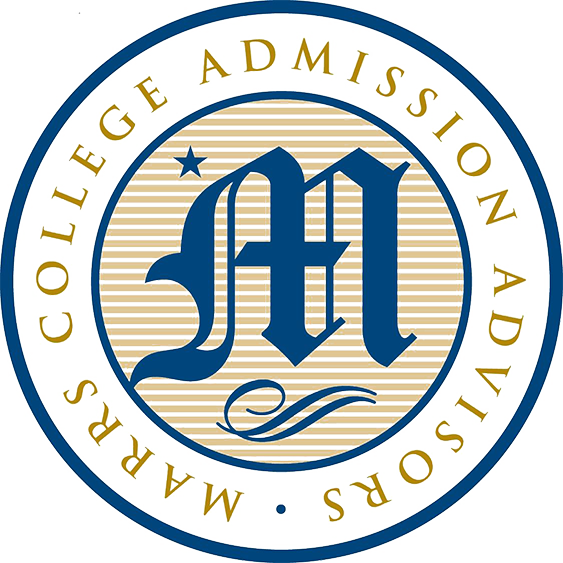College Highlights
Indiana University
Indiana University - Bloomington, Indiana
With 32,000 undergraduates on its enormous campus, Indiana University is the prototype of the large Midwestern school. (And it is emphatically "Indiana University," not "the University of Indiana"—a common mistake.) With strong academics, a thriving social scene, and some of the best sports teams around, this top-notch public institution is a testament to Hoosier determination.
Located in southern Indiana's gently rolling hills, the 1,936-acre campus boasts architecture from Italianate brick to collegiate Gothic limestone to the distinctive style of world-famous architect I. M. Pei. Other unique campus features include fountains, gargoyles, an arboretum of more than 450 trees and shrubs surrounding two reflecting pools, a limestone gazebo, an the Jordan River, a pretty creek that runs alongside a shaded path.
Indiana prides itself on its liberal arts education—most freshmen are admitted not to preprofessional schools but to the "University Division." The university encourages exploration rather than premature specialization, so students declare majors after one or two years. General education coursework includes math, science, arts and humanities, social and historical studies, English composition, world languages and cultures, and additional requirements that vary by school.
IU's schools and colleges offer more than 200 undergraduate majors, interdisciplinary study, a design-your-own-major option, and intense honors and research programs. The highly touted Kelley School of Business, with its respected global studies component, is among the most popular on campus. Overall, the finance, informatics, marketing, accounting, and media majors enroll the most students. When it comes to the performing arts, the Jacobs School of Music is top in its field, setting the, ahem, tone for much of the campus, and the dance program is solid. The notable Media School, lodged in the recently renovated Franklin Hall, gives students the language, communication, research, and technological skills they need to excel in media-related careers, while the O'Neill School of Public and Environmental Affairs is a top choice for those interested in public policy.
Students describe the academic climate as rigorous but not cutthroat. "With 4,000 different courses per semester, a variety of intensity levels exist," says a marketing major. "There is a balance with room for both competitive overachievers and laid-back, carefree individuals." Students say they regularly share ideas with each other, and group projects are commonplace. "The professors here are remarkable," says an art history major. As for advising, many students seem surprised by the personal attention they receive at such a large university, and they soon learn that many available resources are helpful to those students who seek them out. For those seeking study abroad opportunities, the university offers more than 380 programs in more than 50 countries and 17 languages, for students in nearly every field of study; about 20 percent of students take part.
By and large, students do not seem to dwell on political or social issues. And while IU does not guarantee to meet the full demonstrated financial need of every student, it does admit on a need-blind basis. Merit scholarships are awarded to qualified students and average $6,700 annually, and more than 200 athletic scholarships are available for qualified jocks.
Housing is guaranteed to all incoming freshmen and ranges from Gothic quads (co-ed by building) to 13-floor high-rises (co-ed by floor or unit). One student explains the housing situation this way: "All dorms have laundry facilities, cafeterias, computer clusters, and undergraduate advisors, and some even have special amenities like language-speaking floors." Living/learning communities are popular with students who wish to explore common interests like civic leadership, public health, and the arts. Dining options range from buffet-style to food courts with outlets offering international and healthful menus sprinkled among the fast food. Alcohol is prohibited in the dorms, which may help explain why 63 percent of the student body lives off campus.
Although campus organizations host numerous events, the most active on-campus groups, in terms of social life, seem to be the Greeks, which attract 23 percent of the men and 20 percent of the women. Some complain of a polarized atmosphere. "There is a large separation between the Greek community and the rest of the student body," says a senior. With concerts, ballets, recitals, and festivals right on campus, students are not lacking for things to keep them busy. Indiana Memorial Union is one of the largest student unions in the nation, and the range of extracurricular organizations is also impressive. Every fall there is a 36-hour Dance Marathon to raise money for Riley Children's Hospital in Indianapolis. Various cultural centers and community partnerships provide plenty of opportunities for students to make a difference on campus and in the community.
Students say Bloomington (population 85,000) is a great college town. There are many excellent bars, shops, art venues, and ethnic restaurants, including one of the few Tibetan restaurants in the country. Locally, the area offers some impressive limestone quarries, miles of public forests, and three nearby lakes. Spelunkers will find heaven down below in the many nearby caves.
Although dozens of intramural and club sports are available, recreational sports pale in comparison with Division I varsity athletics here; basketball is an established religion in the state of Indiana. Students and faculty are all eligible for tickets, but they've got to get requests in early. In recent years, the Hoosiers men's soccer and men's and women's swimming and diving teams have claimed Big Ten championships, and women's basketball is competitive too. Even the football team draws cream-and-crimson crowds. Purdue is IU's traditional athletic rival, and teams play for the Old Oaken Bucket, found on a farm in southern Indiana in 1925 and alleged to have been used during the Civil War.

